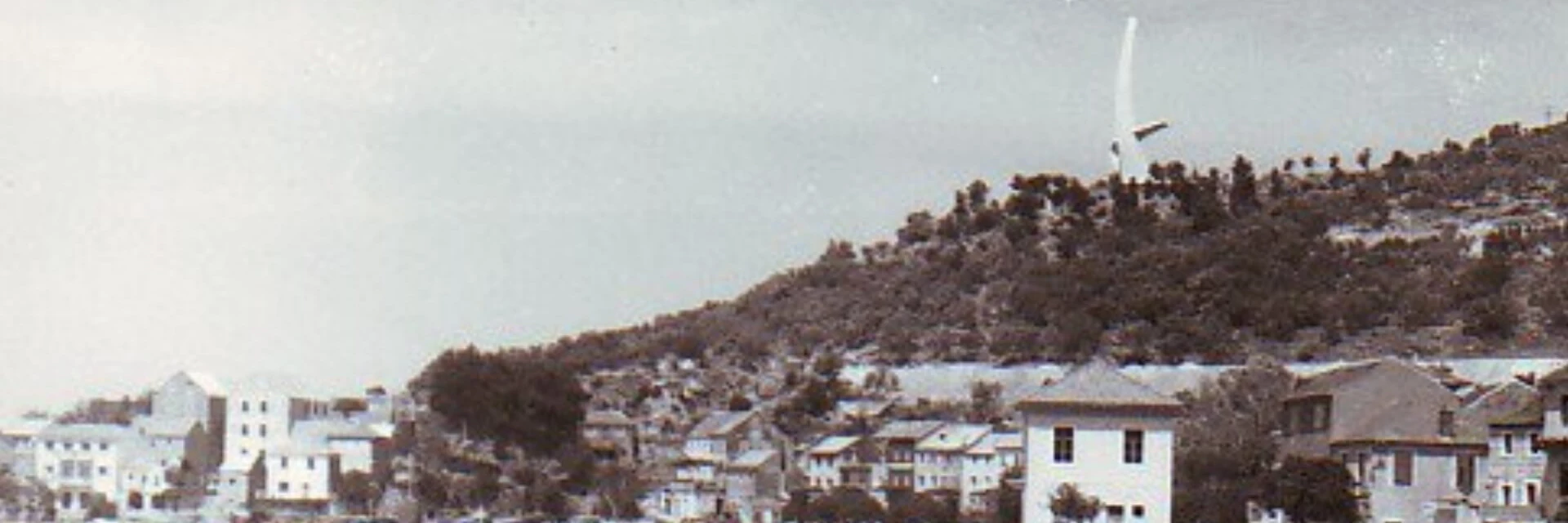Although Podgora is mentioned in Venetian documents in 1571, there have been traces of human activity there since the early Stone Age. The evidence is the Neolithic impresso-type ceramics, found on the slopes of Biokovo.
Other interesting facts:
- The prehistoric piles - Three piles next to Galebova krila, Mark's pile on Strupina and tumuli on Supin hill (a rare phenomenon, typical of Dalmatia);
- The remains of the antique tombstone of the married couple - stele;
- Discovered Roman pottery and money - Bristica and other localities;
- Numerous amphorae that bear witness of ship traffic in ancient times;
- Remains of the tower from the Turkish period in Srida sela;
- Tombstones (14th and 15th century) with depicted swords and shields at the Sutikla cemetery;
- Copper coins with the inscription DALMA ET ALBA, painted in Venice in the 17th and 18th centuries.
Today, about a dozen churches and several votive chapels attest to the tradition of the Christian faith and religious customs. The Church of St. Tekla from the 17th century was demolished in the earthquake of 1962 and restored in the late 20th century. Several medieval graves were found in the cemetery of the same name. There is a baroque Church of All Saints in Selo with a bell tower from 1764, which was the centre of spiritual life in Podgora until 1962. It is famous for its altar of St. Vicenco, patron of the Podgora municipality, celebrated in August, the first Sunday after Assumption Day.
Podgora got its name from its position - under the hill/mountain (Croatian “pod gorom”). From the earliest times, Biokovo protected the place, which was located on its slopes, from enemies and the severe weather from the north. After the great earthquake in 1962, a new chapter began in the life of Podgora. The inhabitants moved from Selo to Kraj, which is a local name for upper and lower Podgora. In Kraj, they built new houses and turned completely to the sea and tourism.
Since ancient times, Podgora has been facing the sea. Fishing was once the fundamental economic activity that fed generations and generations in Podgora. Present-day Podgora developed around the small harbour. In 1942, a navy was founded in Podgora. A monument from World War II, called “Galebova krila” (Seagull’s wings), dominates the Podgora vistas as a memorial to the victory over fascism in the Adriatic Sea and all the young lives lost defending freedom and homeland.


